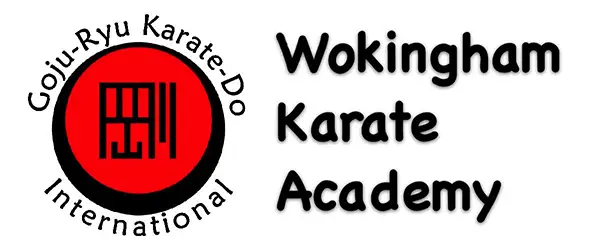Technical Information
Development of Capability
Learning of karate skills should follow a path of ever increasing knowledge of techniques towards the development of creativity. A karate-ka should seek for clear, deep understanding and instinctive performance at each of the following stages.
- Basic Form
- Application
- Variation
- Improvisation
- Free Form
Good karate is built on a strong foundation of correct technique, which is only achieved by many repetitions, ideally supervised by a master. The GKI Karate Grading Syllabus is structured to encourage a student to develop technique and knowledge in this way. There is little scope for variation, improvisation and freeform in kata but this flexibility shoild become evident in bunkai as performed by seniors.
Kata Applications – Kihon, Hiden and Oyo Bunkai
The depth of technique available from the study of just a few moves from kata is enormous. The original purpose of kata was to allow karate students to learn how to perform techniques properly while keeping the meaning of the more advanced techniques obscure . These secret or “hiden” techniques were only taught after a long period of training and after the master was convinced of the students sincerity. Kihon (basic) bunkai are obvious in many cases, but many advanced techniques can also have a Kihon bunkai. Oyo means variation, but personal variations should not be sought until the kihon and hidden bunkai are mastered. In our club we use kihon bunkai to link with Randori (collaberative free fighting development).
Some Useful Training Drills and Bunkai
The drills shown in the technical manual or on a video clip have all been taught on GKI Gasshukus.
Link WKA Technical Manual
Link Saifa Renzoku Bunkai
